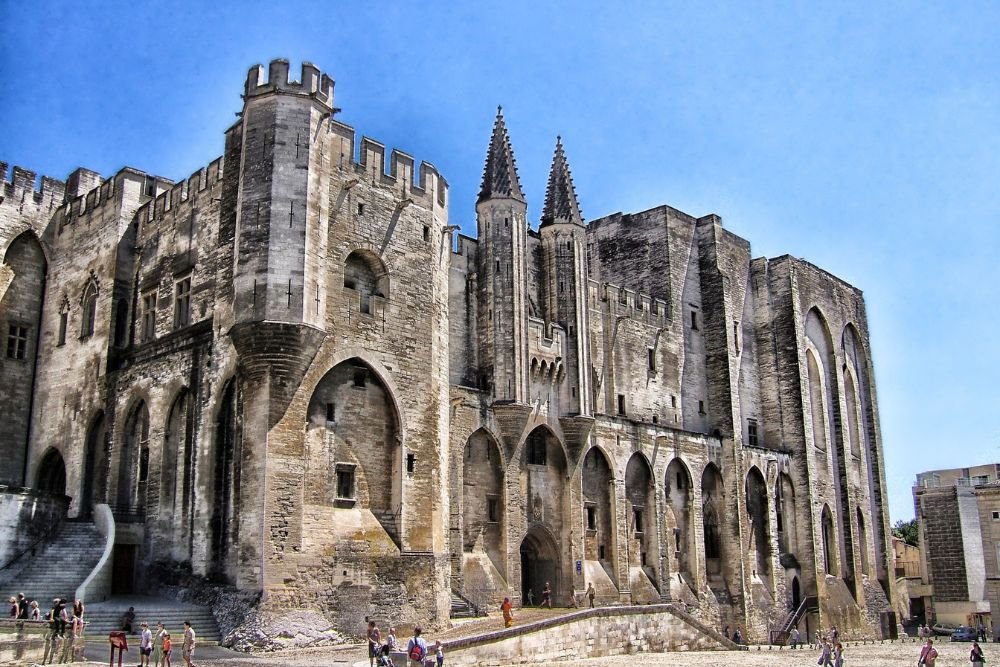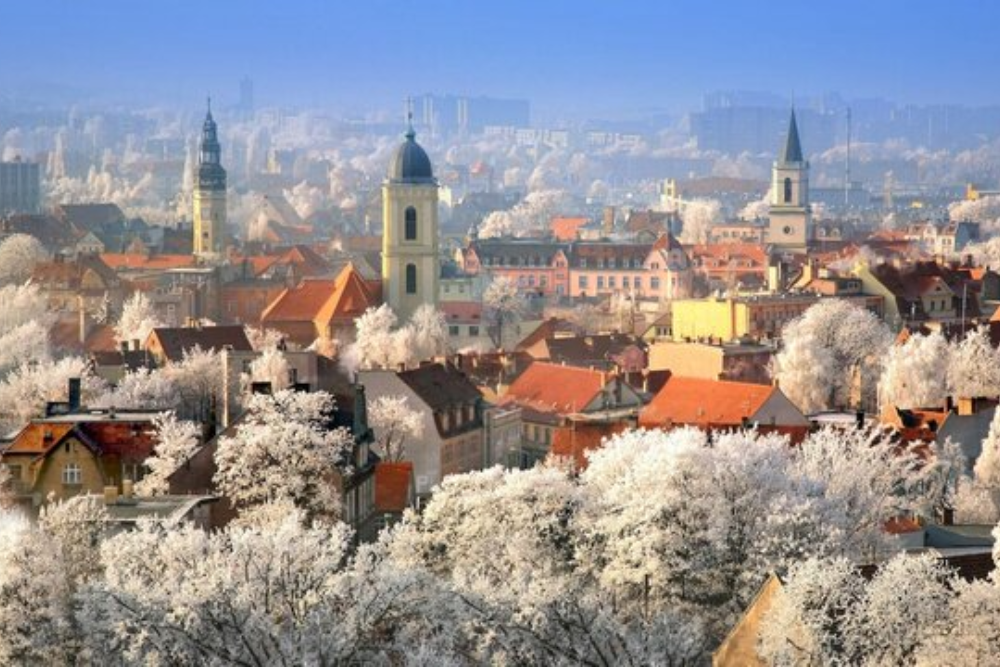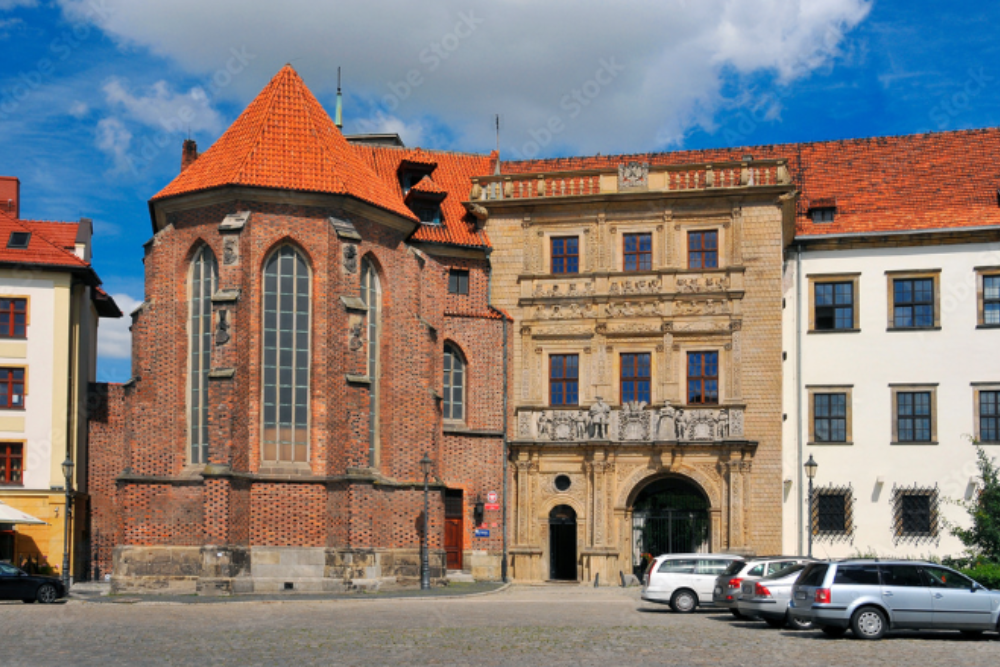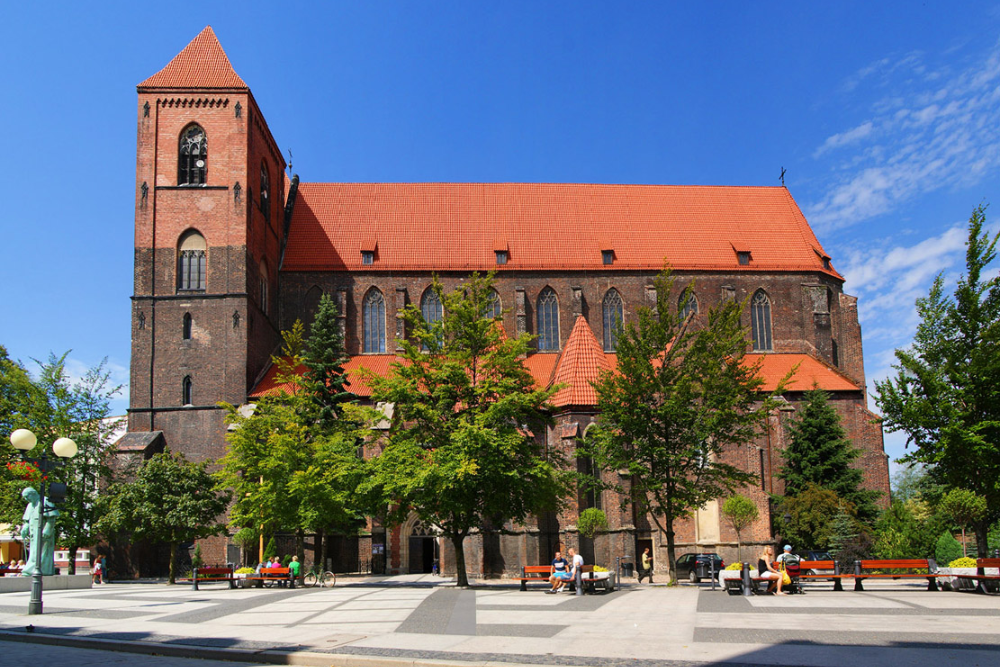Vietnam, a country rich in history, culture, and spiritual heritage, is home to some of the most beautiful and ancient temples and spiritual sites in Southeast Asia. These sacred places offer insight into the country’s diverse religious practices, architectural marvels, and deep-rooted traditions. Whether you’re an avid history buff, a spiritual seeker, or a traveler looking for serenity, Vietnam’s temples offer a profound experience that connects the past with the present.
In this guide, we will explore some of the most iconic and serene temples and spiritual sites across the country that promise a journey into Vietnam’s soul.

1. The Temple of Literature (Hanoi)
Located in the heart of Hanoi, the Temple of Literature (Văn Miếu) is Vietnam’s first national university and one of the oldest temples in the country. Built in 1070 during the reign of Emperor Lý Thánh Tông, this tranquil site is dedicated to Confucius, scholars, and sages.
- Significance: The temple is a symbol of Vietnam’s intellectual and cultural history. It was originally built to honor Confucius and later became a center for education, where the elite studied for the imperial exams. It is an iconic example of traditional Vietnamese architecture.

- What to See: The temple features beautiful courtyards, ancient stone tablets, and lotus ponds. The “Well of Heavenly Clarity” and stone stelae inscribed with the names of top scholars from the imperial exams are particularly noteworthy. The site also boasts a peaceful ambiance, ideal for reflection.
2. Ba Na Hills Pagoda (Da Nang)
High in the mountains of Da Nang lies the Ba Na Hills Pagoda, home to one of the most impressive spiritual sites in Vietnam — the giant Golden Bridge. This Buddhist temple is situated 1,400 meters above sea level, offering visitors a breathtaking view of the surrounding landscape.
- Significance: The Golden Bridge, held up by two giant stone hands, has become one of Vietnam’s most photographed landmarks. The Ba Na Hills complex includes the Linh Ung Pagoda, which is a major Buddhist center in the region.

- What to See: The temple houses a 27-meter-tall statue of Lady Buddha, one of the tallest in Vietnam. Visitors can also enjoy the cable car ride to the summit, which holds the record for the world’s longest non-stop cable car at over 5,800 meters.
3. One Pillar Pagoda (Hanoi)
The One Pillar Pagoda (Chùa Một Cột) is one of Hanoi’s most iconic landmarks. Built in 1049 during the reign of Emperor Lý Thái Tông, this unique pagoda was designed to resemble a lotus flower, a symbol of purity in Buddhism.
- Significance: The pagoda is dedicated to Avalokitesvara, the Buddhist Goddess of Mercy, and was constructed in honor of the emperor’s dream in which he was blessed with a son. It has become a symbol of Vietnamese architecture and is often associated with good luck and fertility.

- What to See: The pagoda stands on a single stone pillar, rising out of a lotus-shaped pond. It offers a serene atmosphere, with lush gardens and a small museum nearby, making it a peaceful retreat within the bustling city.
4. Thien Mu Pagoda (Hue)
Located on the banks of the Perfume River in Hue, the Thien Mu Pagoda (Chùa Thiên Mụ) is one of Vietnam’s most revered Buddhist temples. Its seven-story tower is an iconic structure in Vietnam, often referred to as the “Heavenly Lady Pagoda”.
- Significance: The pagoda was built in 1601 during the reign of the Nguyen Dynasty and has since become an important symbol of Buddhism in Vietnam. It is considered one of the oldest and most beautiful pagodas in the country.

- What to See: The pagoda features a giant bell that is said to have a unique resonance when struck. The grounds are home to a peaceful garden and several historical relics, including a car once used by the monk Thích Quảng Đức, who famously self-immolated in protest against the government’s policies in 1963.
5. Cao Dai Temple (Tay Ninh)
The Cao Dai Temple (Chùa Cao Đài) in Tay Ninh is one of the most colorful and intriguing spiritual sites in Vietnam. It is the center of Cao Dai, a syncretic religion that blends elements of Buddhism, Confucianism, Christianity, Taoism, and indigenous Vietnamese beliefs.
- Significance: Established in 1926, Cao Dai is a relatively new religion, but its temple has quickly become a major site of interest for both spiritual seekers and travelers. The religion’s beliefs are based on the unity of all major world religions, and the temple’s design reflects this diversity.

- What to See: The temple itself is a striking example of architectural fusion, combining influences from East and West. Visitors can witness the temple’s colorful interior and watch the faithful in prayer during one of the daily ceremonies, which is a truly mesmerizing experience.
6. My Son Sanctuary (Quang Nam)
Hidden in the lush jungles of Quang Nam, the My Son Sanctuary is an ancient Hindu temple complex that dates back to the Champa Kingdom (4th to 13th century). The temples are dedicated to Shiva, and the site is a UNESCO World Heritage Site.
- Significance: My Son was the religious and cultural center of the Champa Kingdom. The site is considered one of the most important Hindu religious sites in Southeast Asia.

- What to See: The site is home to over 70 red brick temples, some of which are still in excellent condition. The temples feature intricate carvings and stone reliefs depicting Hindu gods and mythological figures. The peaceful surroundings add to the allure of this spiritual place.
7. Jade Emperor Pagoda (Ho Chi Minh City)
The Jade Emperor Pagoda (Chùa Ngọc Hoàng) in Ho Chi Minh City is one of the most well-known Taoist temples in Vietnam. Built in 1909, it is dedicated to the Jade Emperor, who is revered as the ruler of heaven in Taoist and Buddhist beliefs.
- Significance: The pagoda is a fusion of Taoism, Buddhism, and Vietnamese folk religion. It is one of the most visited spiritual sites in Ho Chi Minh City, known for its beautiful architecture and vibrant, intricate design.

- What to See: The temple is adorned with colorful statues, intricate carvings, and beautifully painted ceilings. Visitors can observe locals praying and making offerings, and the atmosphere inside is both serene and spiritual.
8. Bai Dinh Pagoda (Ninh Binh)
The Bai Dinh Pagoda in Ninh Binh is one of Vietnam’s largest and most impressive Buddhist complexes. Situated on the Dai Lam Mountain, the site is an architectural marvel, attracting both pilgrims and tourists alike.
- Significance: The Bai Dinh Pagoda is home to Vietnam’s largest bronze statue of Buddha, measuring 10 meters in height. The pagoda is known for its spiritual significance, with multiple temples, shrines, and beautiful gardens.

- What to See: The site includes a grand 13-story tower, the aforementioned Buddha statue, and peaceful surroundings. The pagoda complex is also home to many smaller shrines and is a great place for reflection and spiritual connection.
Conclusion
Vietnam’s ancient temples and spiritual sites offer travelers a chance to step back in time, connect with the country’s deep-rooted cultural heritage, and experience the serenity that these sacred places offer. Whether you are visiting the tranquil One Pillar Pagoda in Hanoi, exploring the ancient Hindu temples at My Son Sanctuary, or discovering the colorful Cao Dai Temple, Vietnam’s temples provide both historical and spiritual insights that will leave you with unforgettable memories.
For those seeking a deeper understanding of Vietnam’s culture, history, and spiritual traditions, these sites are essential stops on any journey through this captivating country.












